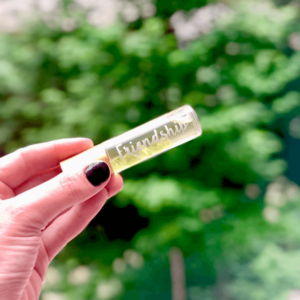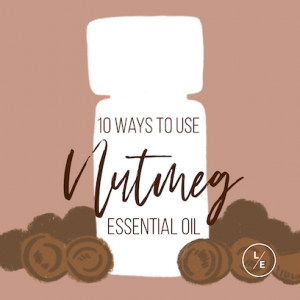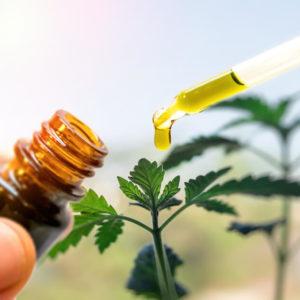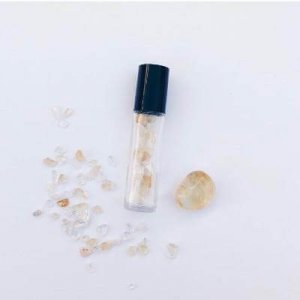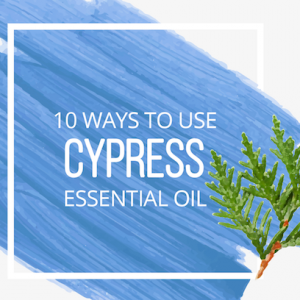Essential oils in children remains a controversial topic.
Some are entirely against essential oil use in children less than 12 years old and others recommend adult usage even for children. My personal opinion is somewhere in the middle, but, ultimately, I rely on the parents’ best judgment in deciding what is correct for their child.
When deciding how much oil to use on a child, some recommend choosing the dosage of essential oil based on body weight. For a 30 kg (66 lb) child, an approximate dose would be 0.1-0.4 mL (3-12 drops) every 24 hrs. Some recommend against children less than 20 kg (44 lb) taking oils orally. The skin does not fully develop until 3 months of age and children have fewer metabolizing enzymes than adults do. Therefore, it is best to dilute essential oils for infants. Some recommend 1 drop in 100 mL for very young infants, and some recommend against use at all in premature babies.
Some scary headlines!
In their current report, the American Association of Poison Control Center stated there had been an increase in the number of poisonings due to essential oils between the years 2000 and 2014. Authors often spin into headlines like “More Kids Accidentally Poisoned by Essential Oils1,2”.
People reported 2,557,756 exposures to substances to the poison control center in 2014. Of those, 13,063 (0.51%) were related to essential oils with 8,759 documented to have taken place in children less than 5 years old. People most commonly reported reactions from unidentified and miscellaneous oils, followed by tea tree oil, eucalyptus oil, cinnamon oil, and clove oil. But if you analyze the numbers, the total number of reported serious incidents involving essential oils in 2014 was 203, which represents a mean increase of 10 per year. This is fewer than the increase and raw number that reported serious incidents related to vitamins, cough and cold preparations, electrolytes and minerals, a whole slew of medications, and weapons of mass destruction.1
What specific oils should I consider?
Two oils in particular get a bad rap when it comes to use with children: peppermint oil and eucalyptus oil. Really, the chemical constituents of menthol and 1,8-cineole that the oil contains should actually get the bad rap.
Peppermint Oil
Peppermint oil consists of up to 55% menthol and up to 10% 1,8-cineole. In 4 children aged 1-3 years and 9 months, studies showed menthol and 1,8-cineole containing solutions to cause serious, yet non-fatal reactions when instilled nasally. The most serious reaction recorded was when 1 mL of an unspecified menthol solution was instilled into the nose of a child less than 2 years old who then suffered from a coma. Others suffered no more than mucous membrane irritation. Another child suffered from immediate collapse, rapid breathing, cyanosis, wheezing, and coughing. He recovered fully within a week.
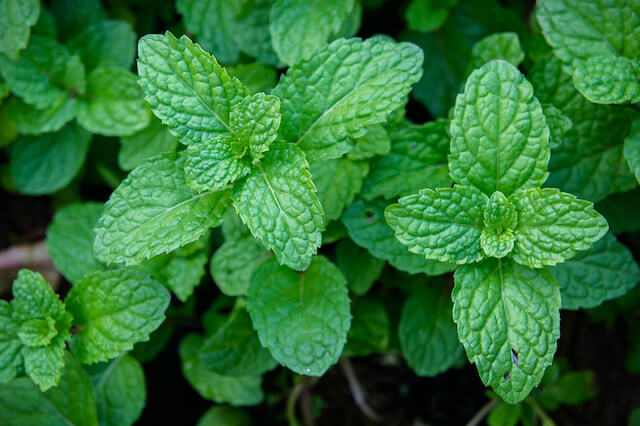
National Association of Holistic Aromatherapy does nor recommend peppermint essential oil for children 30 months of age or less. This is because the nasal mucosa is an autonomic reflexogen organ which has a distant action to the heart, lungs, and circulation and may lead to sudden apnea and glottal constriction. Direct application of peppermint oil to the nasal area or chest of infants should be avoided because of the risk of apnea, laryngeal and bronchial spasms, acute respiratory distress with cyanosis, and respiratory arrest.
Menthol has caused neonatal jaundice in babies with a deficiency of G6PD. This is because menthol is detoxified by a pathway that contains G6P. So, you may choose to avoid this essential oil in children with G6P deficiency.
Both menthol and 1,8-cineole are TRMP8 agonists which means that they produce a cold sensation. In animal models both cold air and menthol slowed respiration due to stimulation of the cold receptor. This has been replicated in premature infants.
Data demonstrates it may be prudent not to apply peppermint oil directly under the nose of infants and small children. However, this has been extrapolated to suggestions such as “Avoid use in all children less than 12 years old”. Also, one of the most commonly cited documents that states not to use peppermint essential oil actually only specifically recommends against menthol preparations used directly under the nose.3
What about eucalyptus?
Eucalyptus oil contains varying amounts of 1,8-cineole depending on the species of plant. Eucalyptus globulus has up to 84%, Eucalyptus radiata up to 65%, and Eucalyptus polybractea up to 92%. The biggest concern with eucalyptus oil is seizures. However, seizures are a rare and unusual symptom of poisoning, even after ingestion of large amounts of oil. Based on all available data, some experts conclude that approximately 2% of children will experience a seizure after extensive exposure.
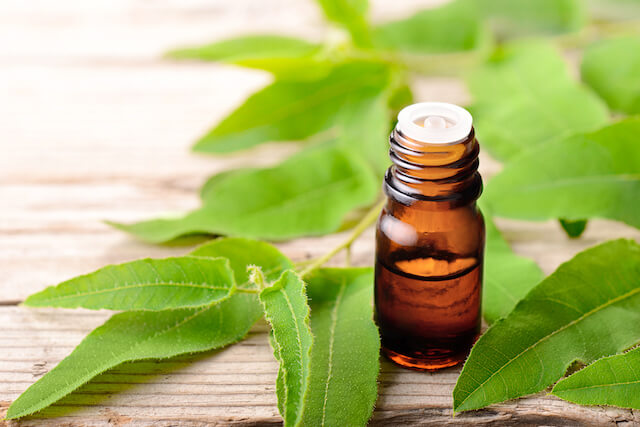
In a case review of 192 cases of accidental ingestion, only 4 suffered a seizure. Ingestion of 30 mL produced a fatal seizure in an 8-month-old. Convulsions resulted when an 11-month-old boy had 10-15 mL of eucalyptus spilled on his face. He recovered without medical intervention. A 12-month-old girl was given 5 prolonged baths in eucalyptus, thyme, and pine essential oils. She had a seizure lasting about one minute. Lastly, a 4-year-old with no history of seizures had a grand mal convulsion after exposure to a 11% eucalyptus solution in an OTC lice medication.
Theoretically, 1,8-cineole is the major constituent of eucalyptus and may be responsible for those convulsant activities. In animal models studies showed 1,8-cineole to change calcium and potassium levels in the brain. Most authors agree, given that 1,8-cineole is a CNS depressant, and most ingestion-induced seizures come from ingestion or inhalation of large quantities, eucalyptus oil may not present a general seizure risk in all populations, but only when large quantities are used in small children.
If you choose to use eucalyptus oil in children, you may wish to use the radiata species. It has less 1,8-cineole than other species of eucalyptus. Even better, if you can get your hands on some Eucalyptus dives, this is almost devoid of any 1,8-cineole.
What’s the Bottom Line?
Ultimately, it is up to the parents to decide what is right for their child. If you decide not to use any oils on children, that is okay. If you decide to dilute 1 drop in 10 drops of carrier oil, okay. The choice is up to you. Just remember the pharmacist’s mantra: start low and go slow.
For more of my oily education,


